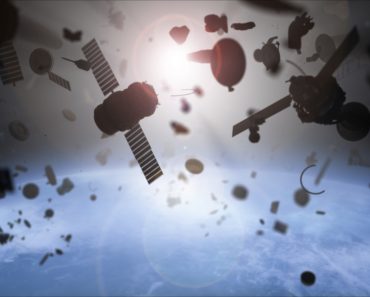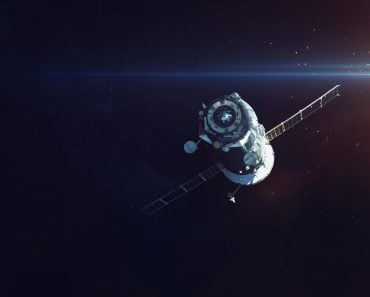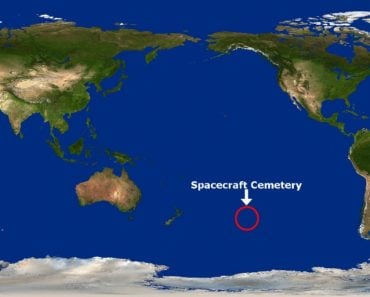There are many unique innovations to facilitate new ways of bringing satellites out of Earth’s orbit, some of which are explained in detail below.
Human beings as a species are innately messy. To verify this, just step outside and look at what we’ve done. If it were just trashcans overflowing on the street corners, or garbage piles in every spare nook and cranny, we could just clean it up.
However, considering that there’s trash at the deepest point on Earth, the Marianas Trench, it’s clear that we’ve gone beyond a simple tidy.
Recommended Video for you:
Space Is Filled With Trash!
If you thought it couldn’t get any worse than that, we’ve also managed to use the literal galaxy as our dumping ground. Since the start of the space age in 1950, more than 13,630 satellites have been placed into orbit, of which about 8,850 remain in space. Only a fraction − about 6,700 – remain operational. Our planet is therefore orbited by thousands of dead satellites, along with pieces of debris from all the rockets we’ve launched over the years. This is collectively known as ‘space debris’.
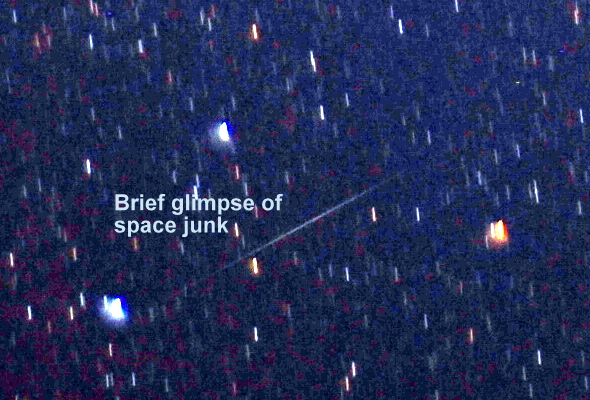
Is Space Junk Even That Big Of A Deal?
The answer is – YES.
The ghosts of our past explorations haunt the possibilities for our future. Sending satellites into Earth’s orbit requires building up a lot of speed, with velocities reaching several kilometers per second. If something moving that fast hits anything in the orbit, like the tens of thousands of debris fragments floating there, the collision could be catastrophic.
According to NASA, hundreds of thousands of untraceable objects in orbit around our planet jeopardize functioning satellites and even astronauts. As more objects collide with each other, Earth’s orbit will continue getting more difficult to navigate.
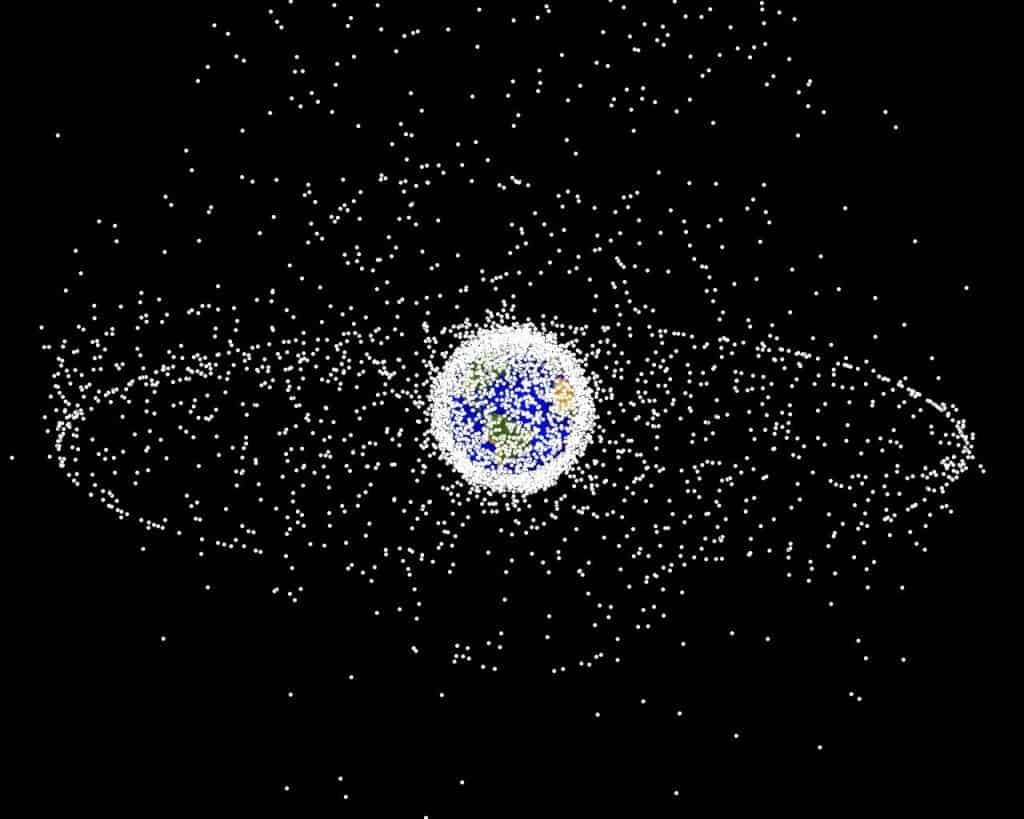
How Can We Reduce This Space Junk?
Before looking at ways to pick up what we’ve left behind, the better way would be to understand how to minimize what we take with us in the first place, and thus look into ways of generating lesser debris. This requires extensive devising and implementing in the initial stages of planning a mission.
Instead of letting spacecraft die out at the end of their missions, operators should ensure they have enough fuel to make the decision to send them into an alternate orbit or to let them return to Earth’s atmosphere. Also, having a talk with astronauts to be a little less clumsy could be a good idea too.
Leaving things in space that they don’t plan on using again could put a wrench in the middle of our space plans (literally).
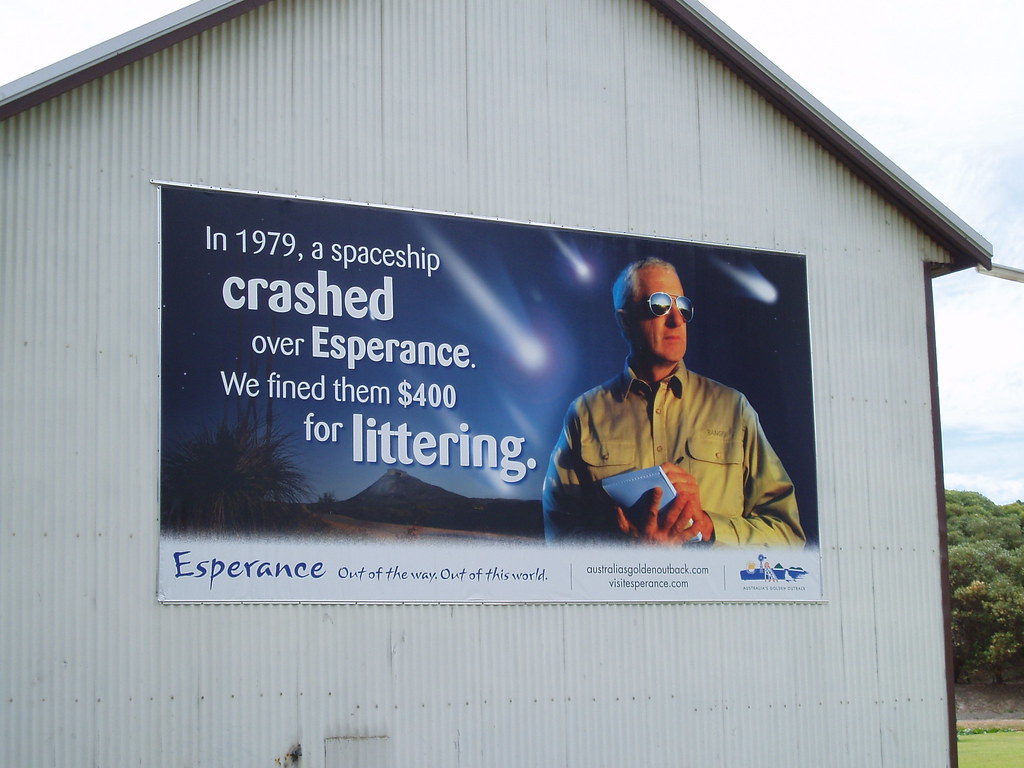
But What About The Junk That’s Already Out There?
With researchers and academics coming up with novel solutions to reduce this increasingly relevant problem, we’re also seeing some unique (and super cool) solutions pushed through on the forefront. These include taking defunct satellites out of orbit so they can burn up in the atmosphere.
The United Nations have said that all organizations are required to remove satellites from orbit within 25 years of its mission end. Reducing the amount of time a satellite stays in space can drastically reduce the chance of collisions!
There are two orbits that satellites move in, the Low Earth Orbit (LEO), a crowded orbit close to the Earth where thousands of satellites move, and the Geostationary Earth Orbit (GEO) at a higher altitude, where satellites remain stationary at a single point above Earth.
The satellites in GEO, at the end of their life, are moved into a ‘graveyard orbit’ at a much higher altitude, away from the functional orbits, where they are left to drift.
On the other hand, the satellites in the LEO are pulled back into Earth’s atmosphere. There are several methods of doing this. Various missions have been deployed by countries to de-orbit satellites and several more are in the testing stage.
- Space Recycling – The ‘graveyard orbit’ is a dumping ground of satellites where flashes of light are often spotted, most likely due to leftover fuel in satellites, which can potentially harm functioning satellites. By repairing, repurposing, and recycling satellites at a facility in Earth’s orbit, we could use what’s already floating out there to build future spacecraft or mission outposts.
- Giant lasers – High-powered pulsed lasers can be used to fire plasma jets at the space debris from Earth to slow it down and let it re-enter, burn up in the atmosphere, or fall into the ocean.
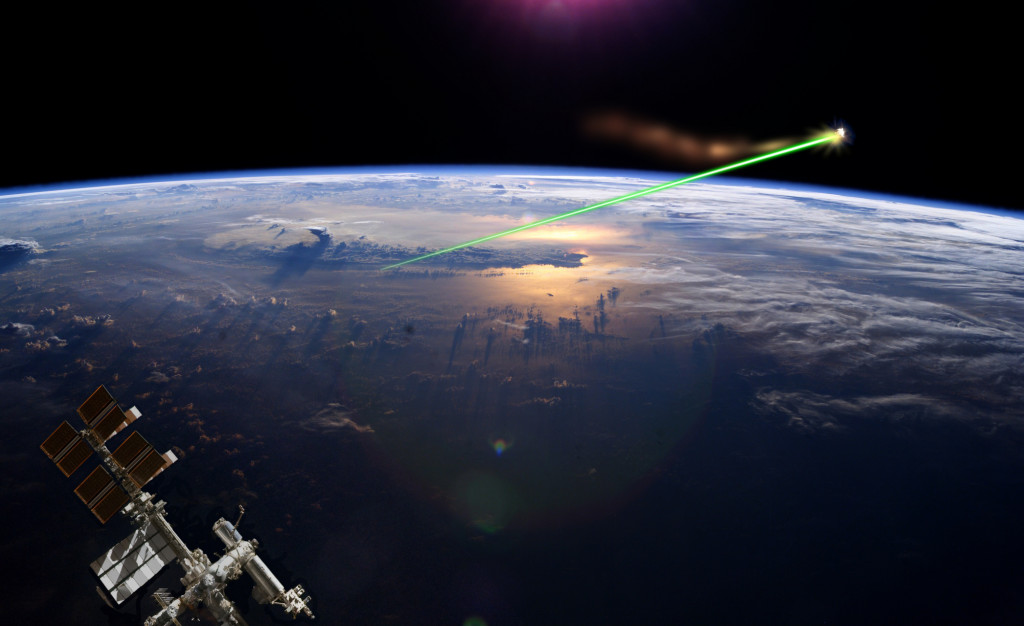
3. Giant Space Balloons – The GOLD system (Gossamer Orbit Lowering Device) is a potential method using a lightweight, ultra-thin balloon the size of a football field. It would be attached to large pieces of debris to increase the air drag of the objects and allow them to re-enter Earth’s atmosphere.
4. Tungsten Dust Clouds – This involves sending tons of tungsten dust into space, enough to form a cloud around the planet, to which space junk would adhere, causing it to become heavier and fall back to Earth.
5. Space Pods – A Russian organization plans on building a special pod with a nuclear power core that would bring 600 satellites back to Earth, where they would either burn up or drop into the ocean.
6. Space Electric Vehicle – The Electrodynamic Debris Eliminator (EDDE) is a space EV with 200 giant lightweight nets to pick up space junk.
With several such plans like these in the works, we can ensure that the age of space exploration—which has only just begun—doesn’t come to a crashing halt ( literally!). However, we’ve still got a long way to go, so if you have any bright ideas, speak up!
References (click to expand)
- ESA - Space debris by the numbers. The European Space Agency
- Space Debris: Understanding the Risks to NASA Spacecraft. The National Aeronautics and Space Administration
- Clearing space debris with lasers - SPIE. SPIE
- ElectroDynamic Debris Eliminator (EDDE): Design, Operation .... ResearchGate
- New method to remove satellites from space | E&T Magazine. Engineering & Technology


